Many homesteaders are lovers of the beautiful, nonhuman, natural world and want to see this world thrive on their land. They put bird and squirrel feeders, birdbaths, and perhaps, salt licks on their property to encourage birds, squirrels, and deer (among others) to feel welcome. These are great ways to attract wildlife to your homestead.
What if I told you there are more options? And once established, they will continue to welcome our wild friends — with little to no maintenance afterward?
There’s a huge benefit to incorporating wildlife habitat on your property.
What Is Meant by ‘Wildlife Habitat’?
Wildlife habitat in nature is everything you’re looking at. It’s the woods themselves and the rocks in the creek. It’s any and all areas that a wild animal (or insect) use for shelter, food, and nesting. Wildlife habitat can be defined as home for the wild plants and animals. Intentionally designated wildlife habitat on properties looks a little bit different, though.
Many modern homes and properties are highly manicured, prim, and proper, with mowed grass lawns, square bushes, and sparse trees (I’m thinking of white picket fence lawns). They aren’t particularly friendly to wildlife as they don’t offer much diversity, protection, or foraging opportunities.
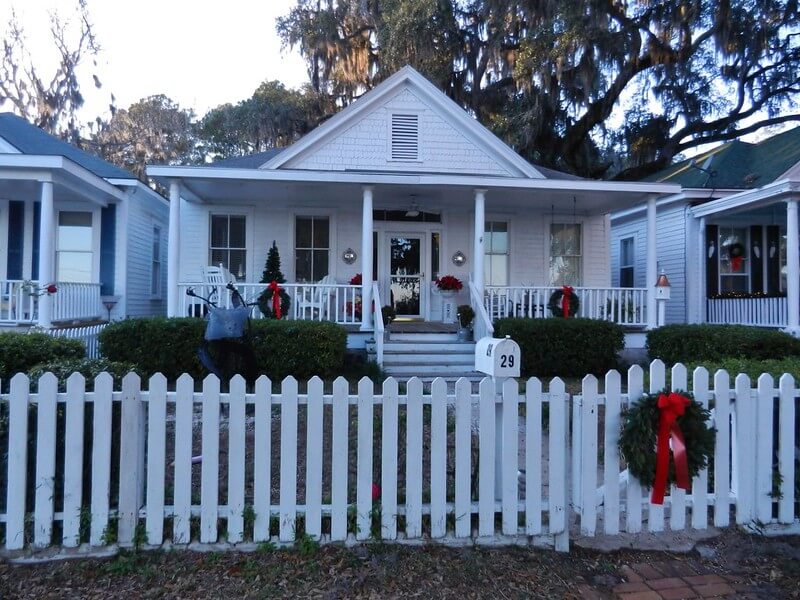
Wildlife thrives best with access to diversity: diverse shelter options, diverse foraging opportunities, and diverse nesting areas. The more diverse the better because it ensures that when one option runs out, there are more to replace it. Diversity offers security, and it caters to more than one species. What I’m describing is called biodiversity.
For example, imagine how you might feel at a place with only one food available, say, corn? You’d probably wanna leave after the third meal — and humans can prepare corn in a variety of ways. Other species would simply be eating good ole’ corn on the cob. Or, let’s say every room in your house looked exactly the same, and the replica room wasn’t your preferred choice to start with. You may be getting the idea now of what the “white picket fence” lawn offers to wildlife.
What can wildlife habitat look like? It can be as simple as allowing more than just grass to grow on a lawn (think clover, sedges, sorrels), or it can be a bit larger and have bushes and trees that produce berries, creating “edge” space around forests with natural borders. It can mean allowing brush piles to stay on your property instead of burning them, and keeping old standing trees (aka snags) rather than cutting them down.
Unfamiliar with some of these concepts? No worries! We’ll cover them in greater detail.
Allow Grass to Grow on Your Homestead
When caring for your lawn, consider what might be best for the birds, bees, small mammals, reptiles, and more. Traditional grass lawns are often cut and constantly managed to keep out any other species of plant. This means the grass isn’t allowed to flower and seed (i.e., provide pollination availability to bees and butterflies, or food sources to birds and small mammals), and won’t provide nesting material or shelter.
If you want the most environmentally friendly lawn, you’ll allow more than grass to grow. You can start by letting those common weeds come back without pulling them or applying toxic herbicides. You can begin growing clover (red and white), sorrel, plantains, dandelion, nettles, or sedges. One awesome thing you can do for this is to research what turf is traditionally native to your location and allow it to start growing instead.
Allowing some of the lawn vegetation to grow tall while keeping some trimmed low, can be great for providing biodiversity, as well as a pleasing look and design for your yard.
Incorporate Shrubs and Bushes on Your Homestead
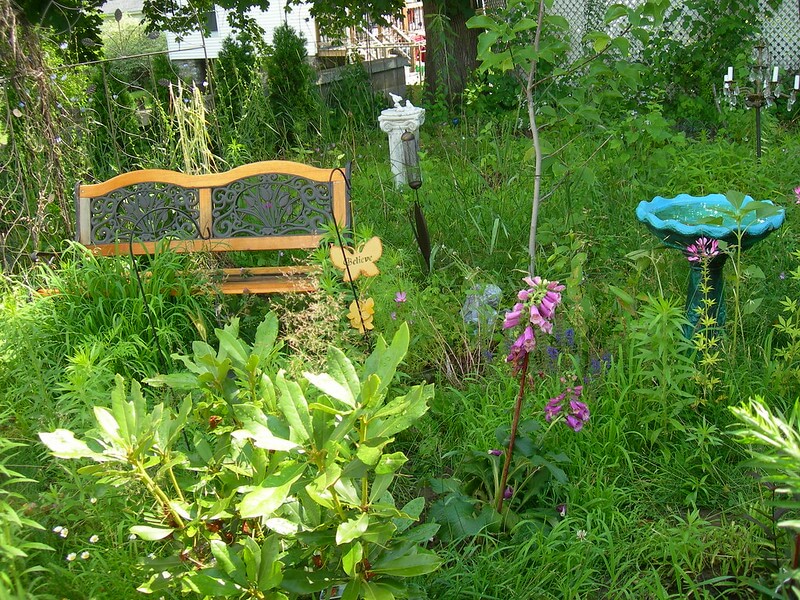
Allowing shrubs and bushes to grow wild (i.e., not trimmed back to extreme shapes and manicures) can offer the most shelter and safety to wildlife species. If you are interested in planting shrubs and bushes on your homestead, there are a couple of things to consider: species and location.
Shrub and Bush Species
When selecting a species, you may want to first consider what species are locally native. Second, depending on what wildlife you seek to attract, research what plant species are good for them. For example, some bushes produce berries that birds and squirrels love. Others produce fragrant flowers that will attract pollinators. Certain species are evergreen and can provide shelter year-round. Know your goals and objectives when selecting species and remember to have fun. You can often combine many of your goals with a single species, you just have to find the right one.
Shrub and Bush Location
Wide open spaces can be intimidating to wildlife species as they have to venture away from the safety and security of sheltered areas. For their safety, it is best to avoid creating wide open spaces when planting shrubs and bushes in and around your yard. A common tendency is to plant them around the house, and leave the rest alone. It’s totally fine (and beautiful) to have shrubs and bushes around a home, but it’s better to have them dispersed throughout your yard, too. Try planting a few in clusters, perhaps near a tree to offer vertical diversity as well. Scattering shrubs throughout your yard can look ruggedly natural, and beautiful.
Add Edge to Your Homestead
One of the key things to help promote wildlife habitat is incorporating edge on your homestead.
What Is Edge?
Edge is a broad term that refers to a gradual transition between different habitat types. Most commonly, it is between a wetland and dry area, or between a forest and nonforested area. A good way to explain edge is to first explain what edge is not: An abrupt transition between a forest and field (where there’s forest and suddenly, there is not). Edge creates a soft border between the two different habitats.
Edge allows a slow transition, and within this transition is a vital habitat for wildlife. Edge not only provide homes and nests for various species; it also provides a safety zone for animals who are tentatively trying to leave the forest (or water body).
Incorporate Old Brush Piles on Your Homestead
Now let’s talk about one that maybe doesn’t sound too beautiful. While (aesthetically) it isn’t the most pleasing option to us humans, it is appealing to a wide variety of species. Opossums, raccoons, snakes, lizards, turtles, skunks, rats, mice, birds, the list could go on, all utilize old brush piles. If the brush pile is close to a water body, it can be used by beavers and otters, too. The brush pile needn’t be located in the middle of your yard, it can be tucked away out of sight if you like, and you can still be providing vital habitat for our wild friends. It’s simple and easy to make — whenever you pick up branches and sticks, rake leaves, weed the garden, or whatever, throw them on the pile and allow it to build. It’s great for a wide variety of species.
Incorporating Snags on Your Homestead
A snag is a standing, dead tree. Standing dead trees are wonderful for wildlife with particular emphasis on birds. Certain species of birds (most often woodpeckers) will hollow out cavities in snags and create nests in them. Many other birds will then have the opportunity to use these cavities once they are vacated. Birds can hunt for insects in the slowly rotting wood. And certain species of snakes and lizards prefer spending their time in loose bark around snags. Allowing snags to stay standing on your homestead is a great way to provide wildlife habitat without having to do any work.
*Likewise, if you allow fallen dead trees to stay, it can provide burrowing space for small mammals and reptiles underneath.
Adding a Water Source to Your Homestead
Another lovely way of incorporating wildlife sanctuary on your homestead is to add a water source. This water source can be as simple as adding a birdbath. Depending on your goals and available resources, you can, however, go bigger and create a pond or a seasonal wetland. If you notice an area of the yard that tends to have drainage flow, you can create diversions so that after a nice rain, water pools there temporarily before it drains. Believe it or not, temporary rain puddles can create vital nesting grounds for certain species. For example, spadefoot toads specialize in laying their eggs in temporary pools.
Bats are more attracted to bat boxes if there’s a water source nearby, and bees will be more likely to colonize near an area with a permanent water source. Turtles, frogs, salamanders, and snakes are reliant on permanent water bodies to survive. Having a water source nearby is vital to getting more wildlife present on your property.
How to Attract Different Species to Your Homestead
If you would like to attract specific species such as butterflies, squirrels, turtles, deer, and birds, there are a wide variety of ways to do so. I’ll give a brief rundown on simple ways to offer habitat to these commonly desired wildlife species.
Butterflies
Planting any type of flowers will automatically attract a wide variety of pollinators, including butterflies and bees, to your homestead. It is best to plant a variety of flower species for biodiversity reasons (as mentioned above). Planting certain flower species will attract certain pollinators. For example, if you would like to attract the quite famously known monarch butterfly, you simply need to grow milkweed. If you plant milkweed, monarchs will come. It can be a really awesome learning experience for you (and kids if they’re involved) to witness the life cycle of monarch butterflies. They will go through their entire life cycle in your front yard.
Squirrels
I’ve noticed a trend of dislike toward squirrels, so I’ll include this section to perhaps, help buck the trend. Squirrels are vital to our natural ecosystems as they have been deemed “nature’s gardeners.” Really, squirrels help keep the ecosystem intact. How? Well, a squirrel’s ecological niche is taking seeds and nuts and burying them throughout the forest. Part of the reason forests look the way they do (a maple tree here, an oak tree there) is because of the squirrel’s unique ability to feng shui the forest. This isn’t only good for the trees, but every other species that relies on the forest. Other species sometimes find the buried seeds and nuts later and are able to eat. To attract squirrels to your yard, all you really need are trees. Nearly any species of tree will attract squirrels, and if you haven’t noticed, bird feeders are a squirrel’s peculiar favorite (bird food is also squirrel food).
Turtles
A great way to attract turtles is to have a diverse lawn and a ground-accessible water source. Biodiversity in your lawn (i.e., clover, sorrels, dandelions, plantain, grass species, etc.) provide ideal foraging habitat for turtles. A really fun way to attract turtles is to allow strawberries to grow wild — ever seen a turtle eating a strawberry? It’s super cute! If you have a pond, add rocks or logs that are partially submerged and allow turtles the opportunity to bask in the sun throughout the day and quickly dive back in the water when needed.
*As a note, the best way to keep turtles away from your homestead is to have fences that go all the way to the ground. This will effectively keep them out (or in), so if you desire turtles on your property and you have fences, ensure the fences do not go all the way to the ground. Leave 3 to 6 inches of gap on the bottom for turtles to scoot under.
Deer
Diverse lawns, as mentioned already, are a great way to attract deer. Deer are keen on red and white clover, and tend to go out of their way to access it. Another trick is to scatter lettuce, radish, and carrot seeds in your lawn and allow these leafy greens and veggies to grow wild. Deer (among almost all other species mentioned here) love this, and it will help attract them. It can be great to allow these plants to go to seed, too, so they’ll keep coming back year after year with little to no effort. Biodiversity is a great way in general to attract deer, and deer are especially fond of edge habitat. Deer feel anxious in open spaces, and having edge habitat and bushes scattered throughout your yard, can help minimize their anxiety.
Birds
The attractants for squirrels are the same as for birds. So, if you’re keen on one species and not the other this may be hard to read: Generally, if you have birds, you’ll have squirrels. Planting trees, shrubs (especially berry or fruit producing) and placing bird feeders, bird houses, and bird baths will all help attract birds to your yard. If you pay attention, you may notice species changing throughout the year as different migratory birds fly in and out on their way to summer or winter grounds.
Avoid Using Chemical Pesticides and Herbicides
Avoiding chemical pesticides and herbicides is important to have a healthy, biodiverse homestead that specializes in attracting wildlife. If you’re adamant about not having certain plant or wildlife species present on your homestead, here are some great, eco-friendly options:
Nonchemical Herbicides
Hand Removal
This may sound like a drag, but hand-pulling weeds and getting all the roots out can be an effective method — and is also meditative. Perhaps slow going, but fulfilling.
Vinegar
Pouring pure vinegar on weeds in the yard is a sure way to get rid of them. About a tablespoon of vinegar or less per plant, poured close to the ground where the roots are, should help get rid of them.
Insects
Introducing insects that are specifically known for eating the plant you are experiencing issues with can be successful. There will need to be research done on your end to determine what species are good for this and how to acquire them.
Ducks
If you’re experiencing vegetation overgrowth in your water source, you can install duck boxes in and around it. Research which ducks are local to your area, and check the ducks are herbivores so they will be helping with your overgrowth issue. As always, it’s important to make sure you create/buy/order the right duck box and install it correctly.
Nonchemical Pesticides
Ladybugs
You can quite literally, order ladybugs online and they will help get rid of a wide variety of common garden and fruit tree pests such as aphids.
Bats
This may sound odd, but trust me, if you’re plagued by insects, bats will help reduce them. You can order, buy local, or build bat houses and install them on your property and simply wait. It is important to make sure you are properly installing the bat house — which is something we won’t cover now. However, here is a great, easy-to-follow, instructional website that will teach you how and where to install a bat house in order to successfully attract bats at https://www.wikihow.com/Attract-Bats-to-a-Bat-House
Neem
Neem of any kind. Planting a neem tree, harvesting neem leaves and scattering them around problem pest areas, making/buying/ordering neem oil and applying it to problem areas, there are many options. Neem is a natural insect repellant and can be great to eliminate pests from your homestead.
Lemon Grass or Citronella
Planting these species can add a nice touch to your lawn, and you’ll have a successful insect repellant ready when you need it.
Chickens
Chickens can be a great way to help reduce pests, and a fun animal to have around in general. If it agrees with your dietary preferences, you can also collect eggs. And coops make a great composting component easily available with chicken poop. You do need to make sure you have a safe roost for them to return to at night or to seek shelter from harsh weather conditions.
Kestrels and Birds of Prey
Odd choice, perhaps? But an awesome one, nonetheless. You can easily buy, order, or create a kestrel box and install it on your homestead to help draw kestrels. Kestrels have a keen eye and will specifically target insects if you have a pest issue. Larger birds of prey will hunt larger pests.
Owls
Same as above. There are special boxes you can install to attract owls to your property. They are great hunters and will help eliminate pests (specifically small mammals).
*It’s interesting that the eco-friendly pesticide and herbicide methods that are in place to help create wildlife habitat actually bring wildlife to you.
A famous quote that perfectly sums up this article:
“If you build it, they will come.”
– Field of Dreams

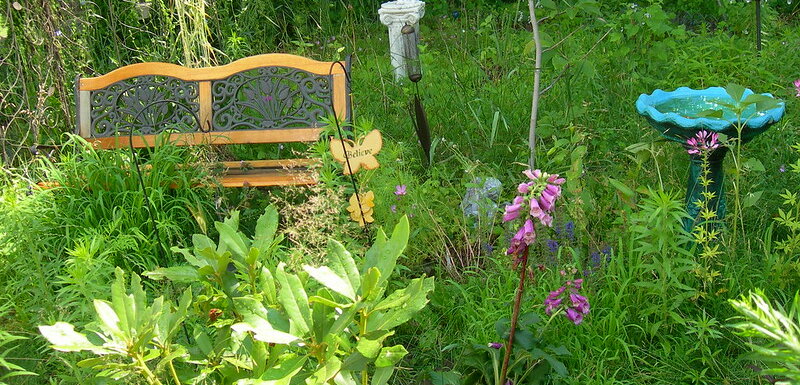
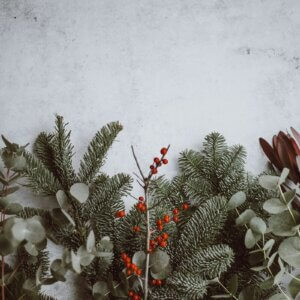
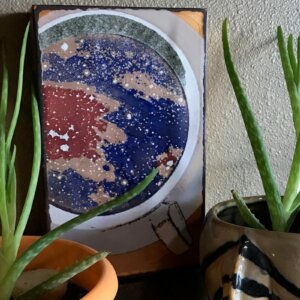
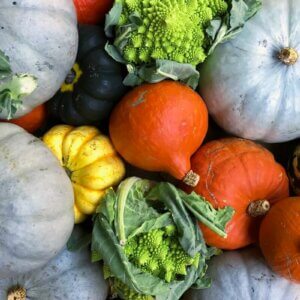



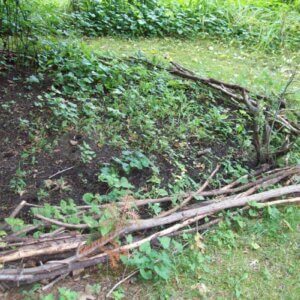

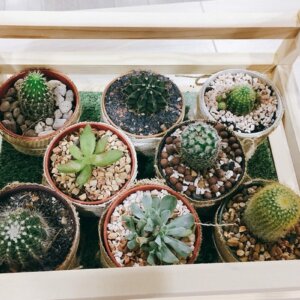




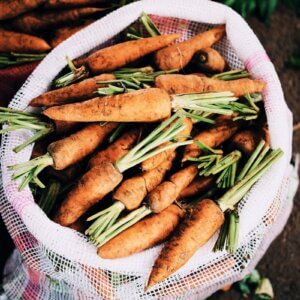

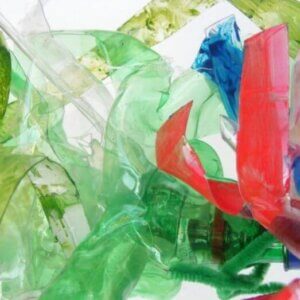


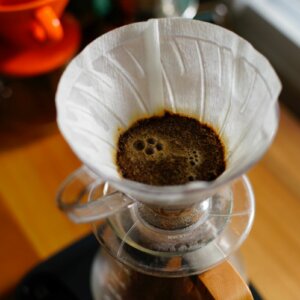

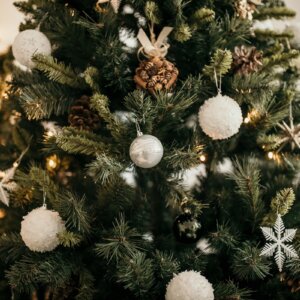
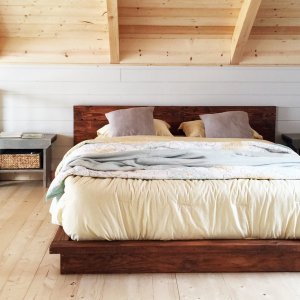
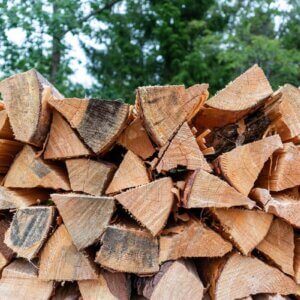
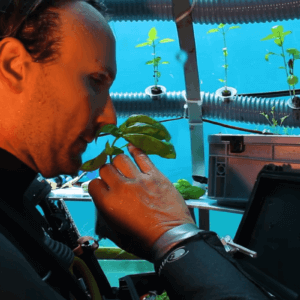
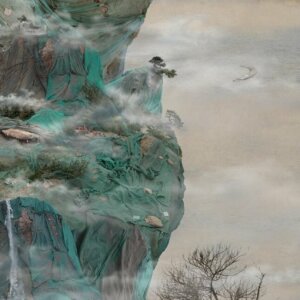



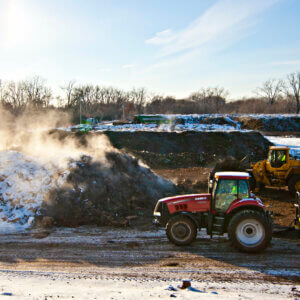
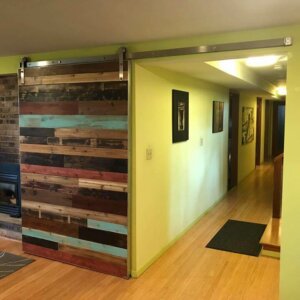
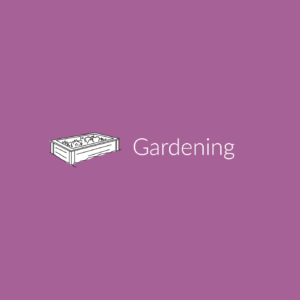

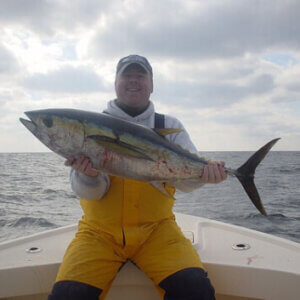
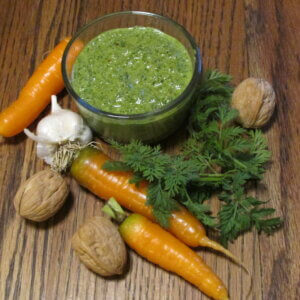




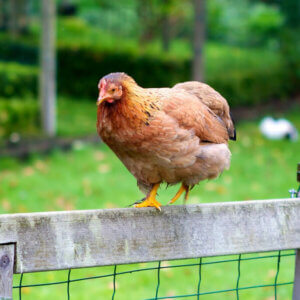

Leave a Reply